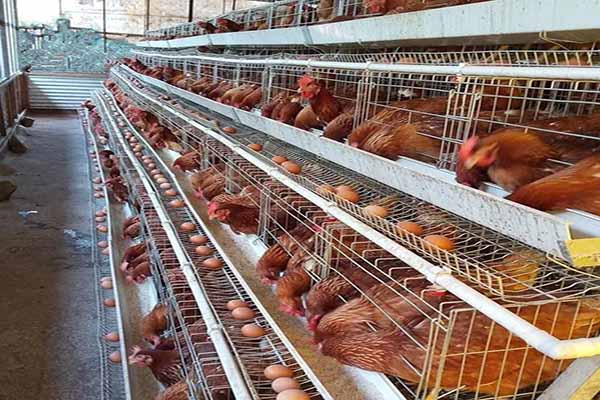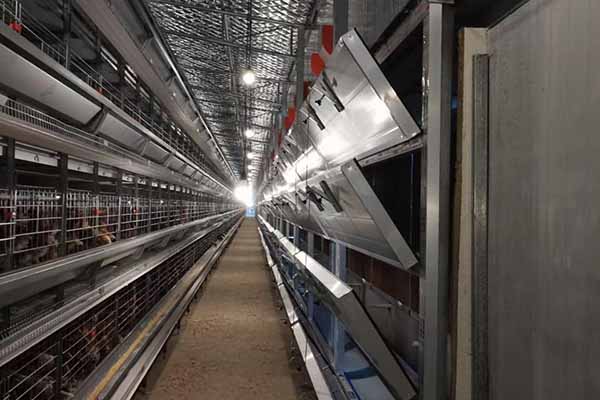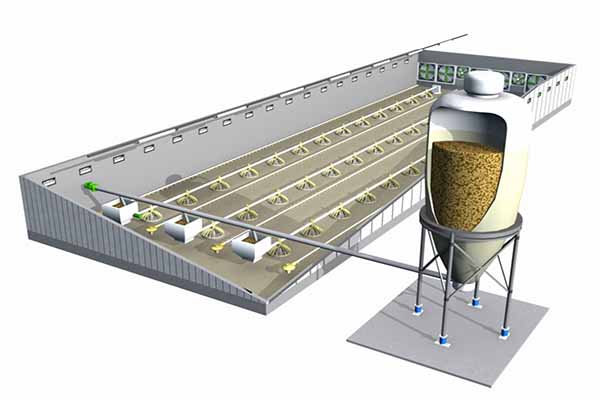How to Start a Poultry Farm with Limited Space
Starting a poultry farm can be a rewarding venture, but space constraints can present unique challenges. In this guide, we’ll explore how to establish a productive poultry farm with limited space. By implementing smart strategies and utilizing the right equipment, you can maximize your farm’s output regardless of size.
1. Evaluate Your Space and Resources
Before you begin, assess your available space and resources. Determine the dimensions of your property and the type of poultry you wish to raise. Here’s a quick checklist:
- Size of the property
- Accessibility to utilities (water, electricity)
- Proximity to suppliers and markets
- Existing infrastructure or buildings
2. Optimize Poultry House Design
The design of your poultry house is crucial for efficient space utilization. Consider the following points:

- Orientation: Position your house to maximize natural light and ventilation.
- Layout: Opt for a single-file or two-file layout, depending on your space constraints.
- Height: A higher ceiling allows for better air circulation and space for additional equipment.
- Insulation: Use insulation materials to maintain a stable temperature and reduce heating costs.
3. Choose the Right Poultry B reed
reed
Selecting the right breed is vital for productivity in a limited space. Consider breeds that are known for their space efficiency, such as:
- Broiler chickens
- Layer hens
- Breeds with lower space requirements, like Silkies or Sebrights
4. Implement Efficient Farming Practices
To maximize output, adopt the following practices:
- Feed Management: Provide high-quality feed, and consider automatic feeding systems to save space.
- Watering Systems: Use nipple or drum waterers that take up less space.
- Manure Management: Implement solid manure management systems like belt conveyors or screw conveyors.
- Healthcare: Regularly monitor the health of your flock and promptly address any issues.
5. Utilize Automated Equipment
Automated systems can help you manage your poultry farm efficiently:
- Feeders: Use automatic feeders to control feed intake and reduce waste.
- Waterers: Automated waterers ensure consistent water supply.
- Incubators and Brooders: These maintain optimal conditions for chicks and hens.
6. Monitor and Optimize
Regularly review your farming practices and equipment usage. Look for opportunities to improve efficiency and reduce costs. Consider the following metrics:
- Feed Conversion Ratio (FCR): Lower FCR indicates more efficient feed use.
- Egg Production: Monitor the number of eggs produced daily or weekly.
- Survival Rate: Track the survival rate of your chicks or poults.
By implementing these strategies, you can successfully start a poultry farm  with limited space. For personalized advice and free poultry farm design and equipment quotes, leave a comment below or contact us at livi-machinery.com.
with limited space. For personalized advice and free poultry farm design and equipment quotes, leave a comment below or contact us at livi-machinery.com.




